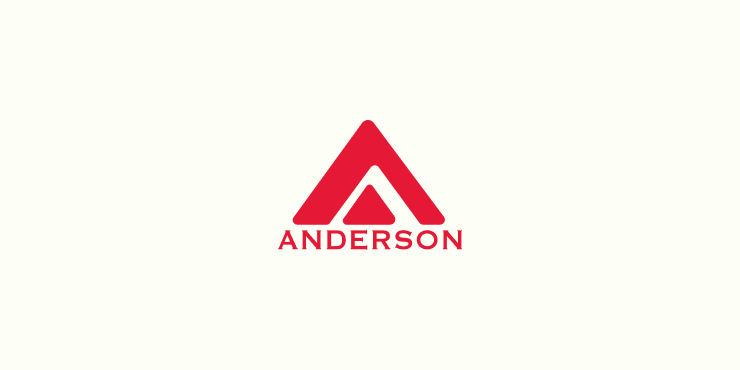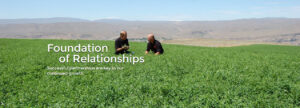Going Global Part III
This is part III in an educational blog series published by Anderson Hay. Read Part I, “Going Global: The History of The Leading U.S. Hay Exporter” and Part II, “Going Global: Overcoming Obstacles Exporting Timothy Hay” on the Race Horse and Timothy Hay Blog.
Everyone loves a success and when the other hay dealers saw how well An/blog/bid/50120/Going-Global-The-History-of-The-Leading-U-S-Hay-Exporterderson Hay had made their way into the lucrative Japanese market, soon there were any number of dealers clamoring to get in. Like anything else worth doing, accessing the Japanese home market was anything but simple.
Ron Anderson had been the first to blaze a reasonably effective trail in getting goods shipped to and sold in Japan. Ron was also very generous and gracious about sharing information about the process with professional organizations, colleagues and competitors.

By 1974, there were a number of Washington State dealers shipping to Japan, with California growers starting to get in on the act with other types of hay as well. That is when a small annoyance started to become a big annoyance.
Every so often, Japan government plant quarantine (PPQ) inspectors would reject a shipment at Japanese ports, and it had to be returned.
The rejections began to grow until at one point, an entire shipment of Anderson Hay timothy was not only rejected by the Japanese, it was returned.
Ron Anderson, who by this time had made many trips to Japan to develop excellent relationships with his customers there, was stymied.
“By that time, I had gone over there two, three, four times, because for some reason we had more containers coming back than anyone,” Ron says about the growing crisis.
Hay was being returned as fast as Ron could ship it overseas. “Suddenly, I had containers stored under bridges and in vacant lots in Seattle,”
Ron recalls. “Then the port [of Seattle] found a big vacant warehouse there, and I filled it with a lot of that returned hay, but the Japanese were still rejecting it. We had some 900 containers still over there.”
Unbeknown to the shippers at that time, Japan has a regulation that any product contaminated with heads or stems of wheat, barley or Agro-Pyron grasses, such as quack or crested wheat grass, is “contaminated” because these are known hosts to the Hessian Fly.
While not in the Kittitas Valley, the Hessian Fly is a particularly destructive pest which is especially fond of wheat, barley and rye grains. Voracious in all forms, the hungry Hessians have been known to devour the entire grain plant, stem, leaves, seeds, everything in some areas of the world. Japan raises huge crops of barley for its beers and, of course, rice, therefore their concern over this destructive pest.
Ironically, the Hessian Fly is native to Asia, and was inadvertently brought to North America during the American Revolution when Hessian mercenaries hired by Britain brought a lifetime supply of the flies with them in their straw bedding. Left to their own devices, Hessian Flies are not particularly fond of sleeping with (or under) Hessians and would much prefer to be out devastating crops in the fields. They were a partial cause of the American Financial Panic of 1837, a full-fledged, no-laughing-matter Depression which began when crop shortages due to their nonstop devouring of wheat, rye and barley affected New York financial markets.
The Japanese did not want to be hosts to the Hessian Fly and for reasons yet to be determined, Anderson Hay timothy was suspected to be infested with just enough of the little Hessians to fail inspection. While no flies or larvae were actually seen, the host plants were sometimes visible.
All shipments of North American timothy to Japan were halted in 1975. The Japanese insisted that a solution be found before any more hay would be allowed into the country.
What had begun so formidably by Ron Anderson just four years before had now come crashing down to a complete halt. At one point, there were so many containers of Anderson Hay product returning from Japan, that they were overloading the Port of Seattle and were diverted to ports as far away as New Orleans. Ron had containers filled with hay all over the United States. They were forced to track all of the containers down since the hay had to be sold since the container companies wanted their cargo containers back as soon as possible.
Check back soon or sign up for blog updates to read Part IV, “Going Global: The Path to a Solution” to be published soon on the Race Horse and Timothy Hay Blog.


